The UT Cotton Scout School is scheduled for the last Friday of the month, May 27th, at the West Tennessee Research and Education Center (605 Airways Blvd, Jackson). There is no fee, and preregistration is not required. Registration begins at 8:00 AM with the program starting at 8:30. Content will include classroom and hands-on training with an optional go-to-the-field session after lunch. Topics covered will include cotton development and identification and symptoms of insect pests, plant diseases, and weeds.
Category Archives: Cotton
Quiet on the Wheat Disease Front in Tennessee
So far only the usual suspects of powdery mildew (when it was still cool) and now Septoria have been reported in Tennessee wheat. Continue reading
Thrips Predictor Model for Cotton
The thrips infestation predictor tool uses planting date, precipitation, and temperature to create an estimate of the size of local thrips population and the susceptibility of seedling cotton to infestations of tobacco thrips (the predominate thrips species in Tennessee). Models can be run for two weeks beyond the current date. Planting decisions should be made based on weather, opportunity and agronomic considerations not based on this model. The model is useful for predicting/anticipating the need for a thrips overspray in addition to an insecticide seed treatment.
Utilizing the model is simple, users select a planting date and a location based on an interactive map. The model will predict thrips risk for planting dates in a designated time frame. As an example, cotton planted before May 5th in West Tennessee has a somewhat lower risk than cotton planted on May 15th. If you look at the within season model, cotton planted May 21- 31 has a much higher risk of thrips infestations than cotton planted in early May. Beware, the accuracy of this model often improves as we approach the intended planting date and rerunning the model as you get closer to planting is a good practice. This tool has helped us time our planting of thrips trials to maximize thrips numbers and will hopefully help you do the opposite.
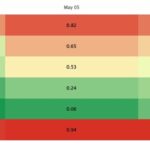
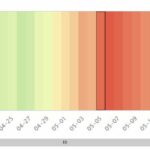
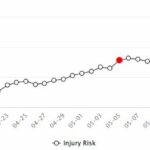
Poor Burndown Performance
There have been a number of reports on disappointing burndown applications that were applied during that cold stretch, 3 to 4 weeks ago, when nighttime temperatures were in the 20s. The herbicides that performed poorly were some combination of systemic herbicides glyphosate, dicamba, clethodim and Leadoff. Continue reading
Burndown Wild Garlic, Grape Hyacinth and Star-of-Bethlehem
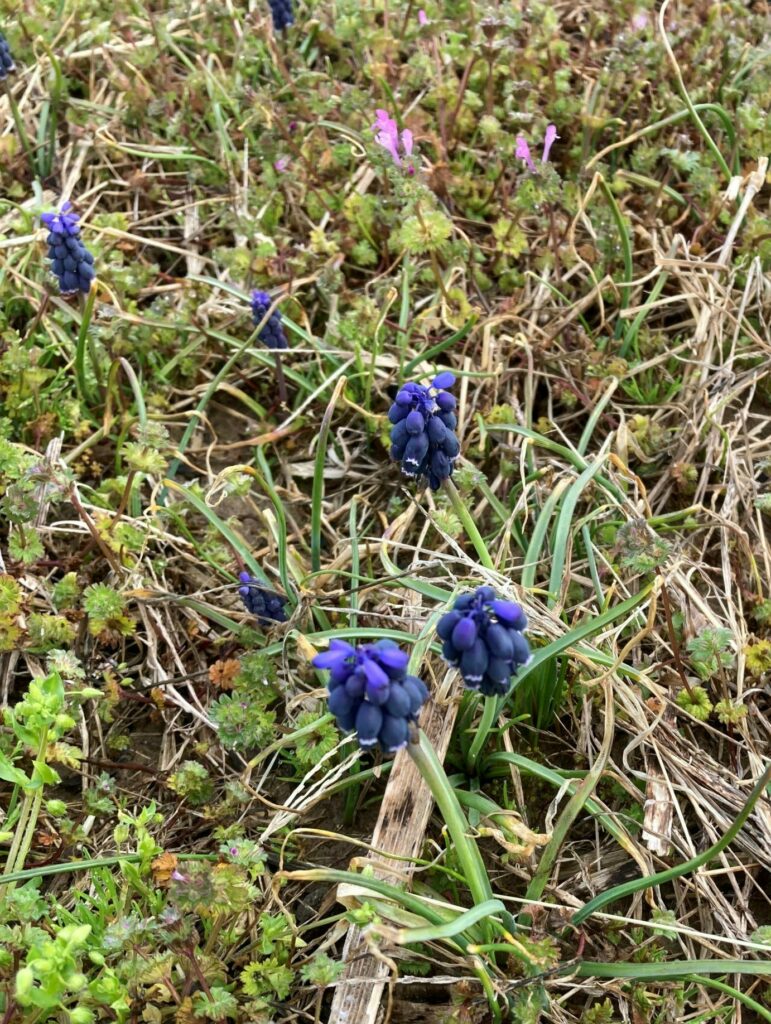
This spring some fields seem to be infested more heavily with wild garlic, grape hyacinth and in a few cases, star-of-Bethlehem. These three weeds, in the Lily family, are often mistaken for each other as they all derive from bulbs and are low-growing perennials. Continue reading
National Cotton Council Trust Protocol Seminar + Lunch, March 25th @ WTREC
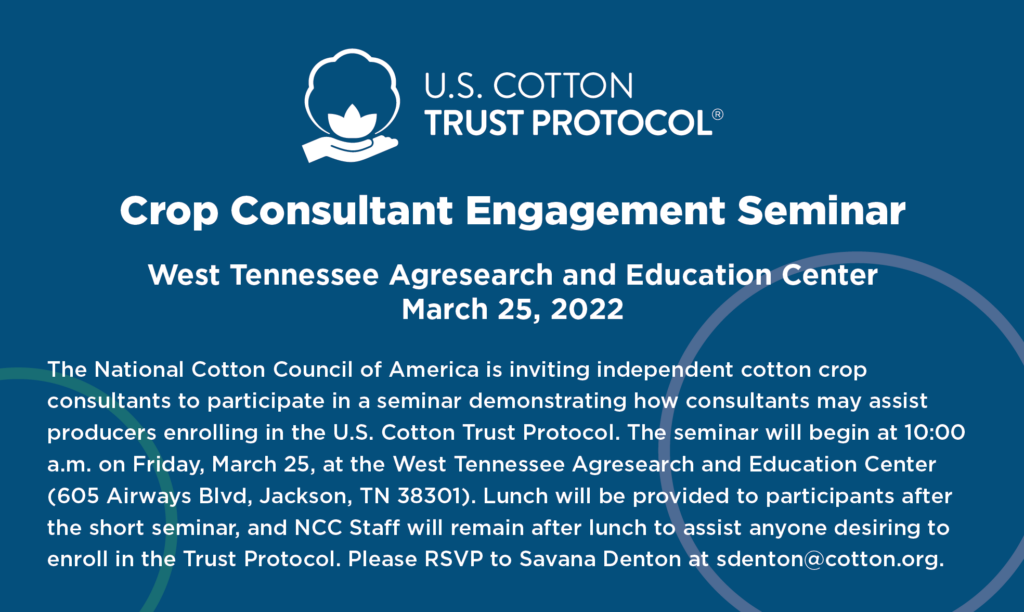 The National Cotton Council is seeking engagement from cotton crop consultants to help facilitate the enrollment of cotton producers in the U.S. Cotton Trust Protocol. The Trust Protocol is an industry-led sustainability initiative that proves, measures, and verifies the sustainability of U.S. cotton. This seminar will provide information and benefits regarding the Trust Protocol so that you as the consultant can assist your producer with the enrollment process. Cotton producers are invited and encouraged to attend as well to learn more about the Trust Protocol and enroll. Consultants have the ability to enroll in the Trust Protocol and then, once linked with their enrolled producer, can enter field level information on behalf of the producer. Complete enrollment in the Trust Protocol prior to the end of March will allow producers to enroll their 2021 crop data and bales.
The National Cotton Council is seeking engagement from cotton crop consultants to help facilitate the enrollment of cotton producers in the U.S. Cotton Trust Protocol. The Trust Protocol is an industry-led sustainability initiative that proves, measures, and verifies the sustainability of U.S. cotton. This seminar will provide information and benefits regarding the Trust Protocol so that you as the consultant can assist your producer with the enrollment process. Cotton producers are invited and encouraged to attend as well to learn more about the Trust Protocol and enroll. Consultants have the ability to enroll in the Trust Protocol and then, once linked with their enrolled producer, can enter field level information on behalf of the producer. Complete enrollment in the Trust Protocol prior to the end of March will allow producers to enroll their 2021 crop data and bales.
Join us on March 25th at 10AM at the West Tennessee AgResearch and Education Center (605 Airways Blvd. Jackson, TN 38301). Lunch will be provided and NCC staff will be present to aid in Trust Protocol enrollment. Please RSVP to Savana Denton at sdenton@cotton.org. Hope to see you there!
Overcoming the Timber Harvest Blues: Out of the rubble will come renewal
Over the past several months, those that drive by the ‘Experiment Station’ in Jackson have noted big changes on the farm. In July of 2021, it was difficult to see more than a few hundred yards across the north side of the station from the 45 bypass. Now, from the bypass, you can almost see traffic on Airways Blvd.
As a row crops blog, we rarely dive into subjects outside of those directly related to corn, soybean, cotton or wheat. Subsequently, we rarely include content on the blog from one of our most well known and best Extension Specialists, Dr. Dave Mercker. Dr. Mercker serves as our Extension Forester and is world-renowned; he has been named a Fellow by the Society of American Foresters and was named the 2020 Extension Forester of the year by the Forest Landowners Association. Dr. Mercker recently completed an outstanding publication covering the process of ‘recovery’ after timber harvest. Dr. Mercker has graciously written a brief history of the West TN REC timber stand for this blog and included a link to the Extension pub I mentioned above at the end of this article. I am certain you will find both of these very informative and will likely have reason to reference Dr. Mercker’s publication on your own farm. You’ll also find a brief video highlighting the WTREC timber harvest by Julia Ewoldt above. Continue reading
Strategies for Overlapping Residuals in Cotton
Overlapping residual herbicides for Palmer amaranth control will be essential in 2022. There are two main reasons for this. First is the continued evolution of dicamba-resistant Palmer amaranth in Tennessee. Our most recent greenhouse screens clearly show that some populations have upped their game with respect to their dicamba resistance from what was seen in 2020 or 2021. Second, the lack of Liberty supply greatly limits the last best option to remove Palmer amaranth in-crop that is dicamba resistant. Continue reading

